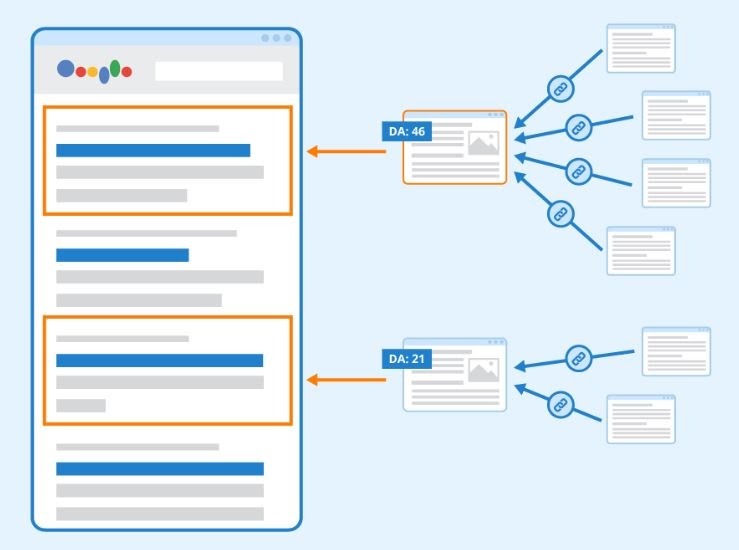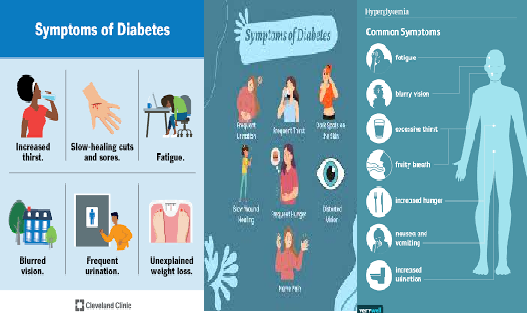Diabetes is a chronic condition that affects how your body processes blood sugar (glucose). Recognizing the first signs of being diabetic is crucial for early intervention and managing the condition effectively. This article covers common symptoms of diabetes, ways to check if you might be diabetic, and how diabetes can impact individuals of all ages, including young adults.
What Are the Symptoms of Diabetes?
Diabetes symptoms can vary, but some common signs often indicate high blood sugar levels. Early recognition is key to managing and treating diabetes. Here are the primary symptoms to look out for:- Frequent Urination (Polyuria) – High blood sugar causes the kidneys to work harder, leading to more urination.
- Increased Thirst (Polydipsia) – As your body loses more water through frequent urination, dehydration can increase your thirst.
- Fatigue – Cells aren’t getting enough glucose for energy, leaving you feeling tired.
- Unintended Weight Loss – When insulin is not working correctly, the body starts breaking down fat and muscle for energy, leading to weight loss.
- Blurred Vision – High blood sugar levels can damage blood vessels in the eyes, affecting vision.
What’s It Like Being Diabetic?
Living with diabetes means consistently managing blood sugar levels, balancing diet, exercise, and, in some cases, medication or insulin. For many, this involves lifestyle adjustments, frequent blood sugar checks, and mindfulness about health habits. While it can be challenging, diabetes is manageable with the right support, education, and a proactive approach.Can a 25-Year-Old Have Diabetes?
Yes, diabetes can develop at any age. Although Type 2 diabetes was once more common in older adults, it’s increasingly seen in younger individuals due to lifestyle factors and genetic predisposition. Type 1 diabetes, an autoimmune condition, is also common in young adults and children. Thus, if you’re experiencing any symptoms, it’s worth checking with a healthcare provider, regardless of age.How Do I Check If I Am Diabetic?
If you suspect you have diabetes, it’s essential to get tested. Doctors use several methods to diagnose diabetes, including:- Fasting Blood Glucose Test – Measures blood sugar after an overnight fast.
- A1C Test – Reflects your average blood sugar levels over the past 2-3 months.
- Oral Glucose Tolerance Test – Blood sugar levels are measured before and after drinking a sugary solution.
How to Check Diabetes at Home?
While a formal diagnosis requires a doctor’s visit, you can monitor your blood sugar at home with a glucometer, which measures your blood sugar from a small finger-prick sample. Some signs that may indicate high blood sugar at home include increased thirst, frequent urination, fatigue, and blurry vision. Additionally, at-home A1C test kits are available in pharmacies, but they should be used as a supplement to professional testing.What Is the Early Stage of Diabetes?
The early stage of diabetes is often referred to as prediabetes. At this stage, blood sugar levels are higher than normal but not yet high enough to be classified as diabetes. Prediabetes is a warning sign, as many who have it can develop Type 2 diabetes within a few years if lifestyle changes are not made. Diet, exercise, and regular monitoring can often prevent or delay the onset of diabetes.What Are 5 Signs Your Blood Sugar Is Too High?
High blood sugar (hyperglycemia) can cause various symptoms. Here are five signs to watch for:- Excessive thirst – Your body tries to flush out excess glucose by creating more urine, which dehydrates you.
- Frequent urination – The kidneys work overtime to eliminate extra sugar, leading to more bathroom visits.
- Blurred vision – High blood sugar affects eye fluid levels and can cause vision issues.
- Slow-healing sores – Elevated glucose levels can impair blood circulation, leading to slower healing.
- Nausea and vomiting – In severe cases, very high blood sugar can lead to ketoacidosis, especially in Type 1 diabetes.
At What Age Will Sugar Come?
There is no specific age at which diabetes develops; it can occur in children, young adults, and older individuals. Genetics, lifestyle, diet, and physical activity all play roles in the likelihood of developing diabetes. Children and young adults with certain risk factors, such as family history, obesity, or inactive lifestyles, are also at risk for diabetes.What Is Normal Blood Sugar by Age?
Normal blood sugar levels can vary by age, time of day, and health status. Generally, normal fasting blood sugar levels are:- Children and Adolescents: 70-100 mg/dL
- Adults: 70-99 mg/dL
- Older Adults: Slightly higher ranges might be acceptable, depending on overall health.
In Summary: Recognizing the First Signs of Being Diabetic
Understanding the first signs of being diabetic and monitoring your blood sugar levels regularly are critical steps in managing diabetes. If you suspect you might have diabetes, early intervention can help prevent complications and improve your quality of life. Young adults and even children are increasingly susceptible to diabetes, making awareness and lifestyle choices important across all ages. Managing diabetes may seem challenging, but with proper education and support, a healthy life is entirely achievable.Read more :
2= https://checkwebsitedr.com/blogs/what-are-the-symptoms-of-food-poisoning/


